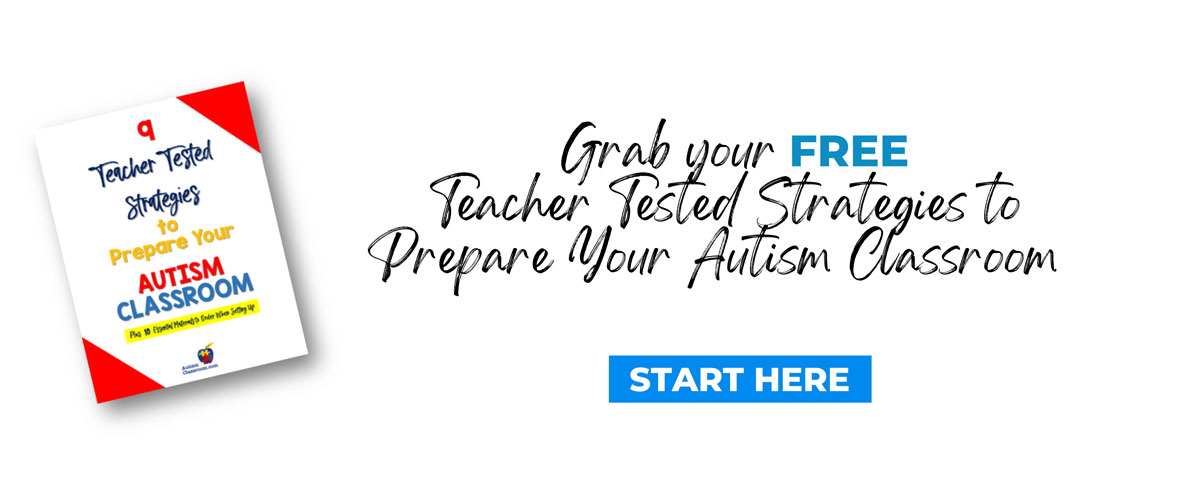
Thinking about adding a sensory room to your school? A sensory room is a great way to give students with autism or sensory processing challenges a place where they can feel safe and supported. A sensory room can help students regulate their emotions, calm overstimulated senses, and engage with sensory tools and activities in a structured way. For students with autism, sensory processing challenges, or other special needs, these spaces can make all the difference in helping them return to a learning ready state.
No matter the size, whether it’s a cozy corner or a full room, your sensory space should be intentionally designed to meet your students’ unique needs. With thoughtful planning, you can create a calming and supportive environment that truly works for them.
Step 1: Assess Your Space and Needs
Before you buy anything, start by taking a look at the space you have. Are you working with a small closet, a portion of a classroom, or an entire sensory room for autism support? No matter the size, you can make it work!
Next, think about the specific needs of your students and how the space can support them. Do they need movement and active sensory experiences, calming and low-stimulation spaces, or both? Understanding what helps your students regulate and recharge will guide your choices when designing your sensory room.
Step 2: Prioritize Key Zones
When planning your sensory room and thinking about your needs, it can be helpful to create different “zones”. Here are a few ideas:
- Calming Zone: Include beanbag chairs, soft lighting, and noise-canceling headphones. You can use curtains or partitions to create a cozy, separate area.
- Movement Zone: If your students need movement, add items like a mini trampoline, a rocking chair, or an exercise ball. These items can help students release energy in a safe way.
- Tactile Zone: Set up a small table with tactile bins filled with rice or sand. Only if you have a class that will not knock it over! You can also add fidget toys to these bins. Some classes will need to just have a bin with fabric swatches and tactile toys.
- Visual Stimulation Zone: You can add inexpensive LED lights or a projector that displays soothing visuals like stars or ocean waves to a sensory room for autism support classes.

Step 3: Create a Sensory Room for Autism Without Breaking the Budget
You don’t need a huge budget to create effective sensory rooms in school buildings. Here are some cost-effective tips to get you started:
- Shop Secondhand: Thrift stores, Facebook Marketplace, and yard sales are great places to find affordable furniture and sensory items.
- DIY Sensory Tools: Make your own sensory bottles with water, glitter, and a few drops of food coloring. Use the fabric store for interesting textiles.
- Dollar Store Finds: You’d be surprised at what you can find at the dollar store - stress balls, LED lights, and plastic bins for sensory materials are just a few examples.
- Repurpose What You Have: Look around your school for unused items like floor mats, soft seating, or old curtains. You might already have items you could use for your sensory room!
If you’re looking for even more creative ways to supply your classroom without overspending, check out Supplying Your Classroom Without Breaking the Bank, which has more ideas to stretch your budget and find items for your space. But, if you have a budget and need to order many things, you can look at these 4 places for ordering:
- Fun and Function
- The Sensory Path
- Southpaw Enterprises
- S&S Worldwide
Step 4: Add Visual and Audio Supports
Students with autism often benefit from visual and audio supports. Think about adding:
- Visual Schedules: Show students what to expect in the sensory room and how long they’ll stay.
- Timers: When planning your sensory room for autism support classes, use a visual timer to help students understand when it’s time to transition out of the sensory room.
- Calming Music or White Noise: A small bluetooth speaker can play soft, soothing sounds to help students relax.
- Sensory Videos from Autism Classroom! We have sensory break videos with different time lengths so you can choose the exact about of time you want for your break.
See the sensory break videos here.
Step 5: Make It Safe and Flexible
Make sure to think about safety when setting up a sensory room for autism support classes. Securely anchor heavy items and check that materials are safe and easy to clean. Flexibility is just as important. As your students’ needs change, you may need to rearrange or swap out items. Keep your sensory room adaptable so you can make adjustments when needed.
Setting up sensory rooms in school buildings is a hefty project to take on. Not only will it offer a safe and calming environment for your students, but also open up valuable opportunities for self-regulation and success throughout the school day. Remember, you don’t need to have the “perfect” sensory room right from the beginning. Start with what you can, see how your students use the space, and make adjustments as you go.
So, are you ready to make the powerful move of adding a sensory room to your school? You may need to add some visual supports to that space as well. To add some sensory lessons throughout the school day, check out the Sensory Activities Autism Classroom Teachers Will Love (BUNDLE).
It’s packed with ready-to-use communication cards and sensory ideas to help you organize meaningful sensory activities all year long. You can see it here.


